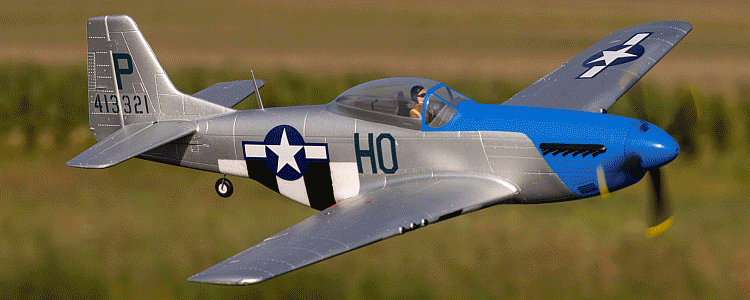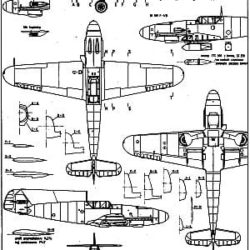Messerschmitt Bf 109F “Friedrich” History
Shortly after the war broke out the Messerschmitt company initiated a programme to clean up the aerodynamic shape of the Messerschmitt Bf 109 and to strengthen the airframe in order to exploit the extra power offered by later versions of the DB 601 engine. The result of their endeavour was the Bf 109F “Friedrich”. The most significant external recognition features of the new version were more-rounded spinner and more-streamlined nose contours running back from there, the rounded wing tips, the partially retractable tail wheel and the cantilever tailplane without supporting struts. Other less obvious features were the redesigned supercharger air intake, protruding further from the cowling to give an increased ram effect for the airflow, and more efficient underwing radiator.
Ten Messerschmitt Bf 109F-0 preproduction prototypes were ordered, but neither the DB 601E engine nor the MG 151 cannon were available when these left the assembly line during late fall of 1940. Powered by a DB601N engine and armed with an engine mounted MG FF cannon firing through the propeller spinner and a pair of cowl mounted MG 17s and still with the E-type supercharger intake, the Bf 109F-0 received glowing reports from service evaluation units. Evaluated against a similarly powered Bf 109E-4N the redesigned machine proved to be considerably more manoeuvrable, it could both turn inside the E-4/N and climb faster, and while some pilots questioned the adequacy of the three gun configuration, overall marks for the new fighter were extremely high.
Only few Messerschmitt F-1s had been built before this sub-type was superseded in production by the F-2, which was fitted with an MG 151/15 cannon of 15mm calibre in place os the engine-mounted MG FF. A much more effective and faster-firing weapon than its predecessor, the MG 151/15 was belt fed from a 200-round magazine. For almost a year, the F-2 would remain the most important production subtype of the Bf 109.
The foremost exponent of the Messerschmitt Bf 109F “Friedrich” was Leutnant Hans Joachim Marseille. Credited with seven victories during the Battle of Britain, he arrived in North Africa early in 1941 and joined Jagdgeschwader 27. Initially, his victory total built up slowly, but from the beginning of 1942 in increased by leaps and bounds. During a remarkable action near Bir Hakeim on 3 June, Marseille shot down six Tomahawks of No 5 Squadron South African Air Force within a space of 11 minutes. All are confirmed in Allied records. A couple of weeks later Marseille’s victory score passed the 100 mark and in September it reached 150 – he was the first pilot ever to reach such a score. Marseille met his death on 30 September 1942, having credited with 158 victories.









